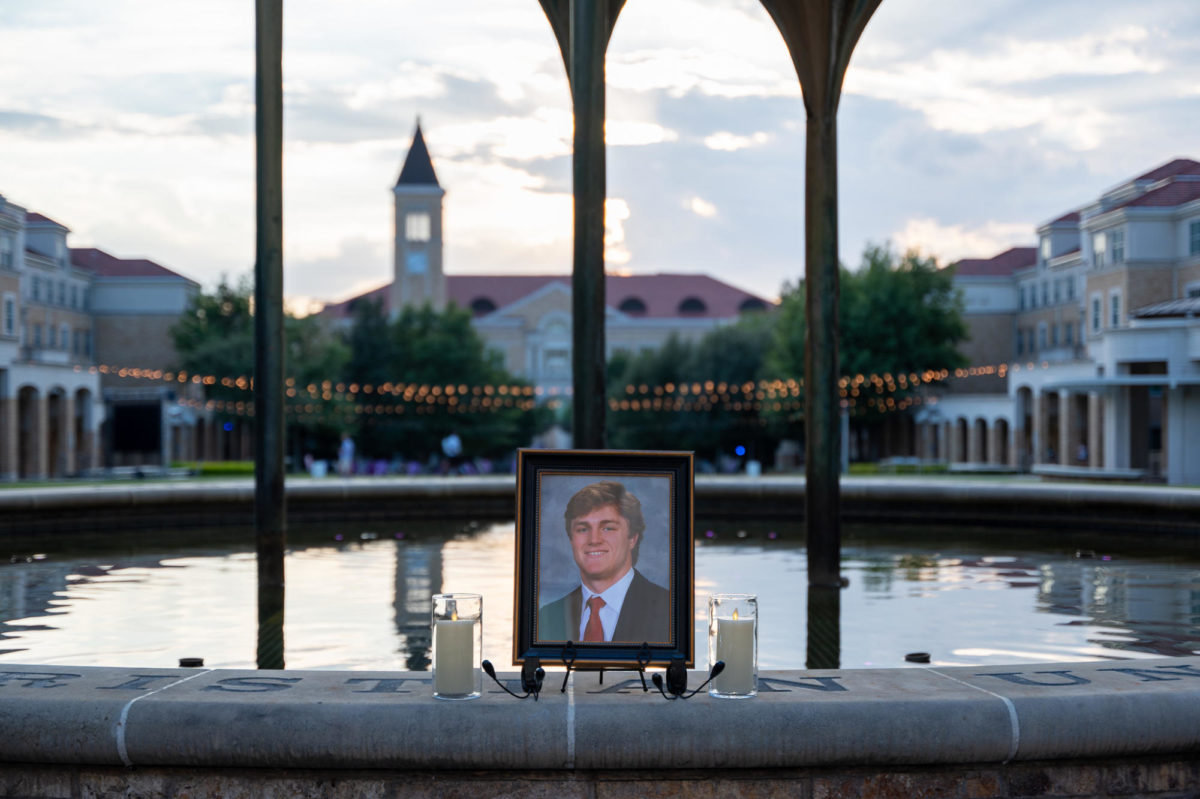Students develop relationship with Nicaraguan village
Published Mar 13, 2012
“Don’t forget us.”
That’s what the people of Tepeyac, Nicaragua, told students in the TCU Catholic Community during a service-learning trip to the village five years ago.
The students did not forget — they returned every year after, and 13 plan to travel to the small village from beginning Friday and through March 23, the fifth time the trip will be offered.
The trip, co-sponsored by TCU Catholic Community and TCU International Student Services, focuses on developing a long-term relationship with the impoverished village located near the town of Granada.
Students can attend the $1,200 trip with either the Catholic Community or Questa Terra, a program that helps students gain international experience while making an impact. Both organizations work and stay in the local covenant and strive to help the community and foster relationships.
John Singleton, director of International Student Services, first visited Tepeyac around Christmas of 2007 to see his ex-wife’s sister, who was a nun in the community.
There, he realized Tepeyac’s safe and friendly environment could be a good place for students, Singleton said. When he returned home, Singleton shared his ideas with the Rev. Charles Calabrese, the Catholic minister at the university. The two decided to co-sponsor an annual Spring Break trip.
“We didn’t want a program that began on the day you left and ended on the day you got back,” Singleton said. “That’s superficial. We thought about ways to create a life-long program.”
Students participate in a series of workshops and fundraisers before they embark on the trip, Singleton said. In past years, the group used the money raised to build fences, plant banana trees and repaint the school during their visit.
Tepeyac is not a glamorous study abroad destination, Singleton said. The agricultural village has no electricity or running water. But located on the side of an active volcano surrounded by a jungle, it is beautiful nonetheless, he said.
Junior speech pathology major Emily Harris, who is attending the trip for the second time, said, “It’s not your typical Spring Break, going to the beach with your friends. But it’s a very unique and eye-opening experience, especially if you’ve never been to a third-world country.”
Calabrese said that this year, Catholic Community sold Nicaraguan bracelets after Mass to help raise $3,000 for a new water pump motor. Without it, villagers would have to walk miles to the next town to get water.
Although Catholicism advocates helping others, Calabrese said the trip was not about conversion or evangelism.
“One of the goals of any religious person is to better the quality of life for all other people,” Calabrese said. “But while [the citizens of Tepeyac] might not have many material things, they have an insight and appreciation for life that really complements ours.”
Senior speech pathology major Alison Hessling said some of the young men from the community made Facebook accounts to stay connected with students. She and Harris still talk to them once or twice a week.
Hessling, the Catholic Community co-president, said she would never forget the experiences she had in Tepeyac.
“The last night, we stayed up all night on the roof of the convent under the stars, and we had great conversation,” Hessling said. “It’s so surreal, looking back. We were in a completely different world, and it was so gorgeous there.”
Singleton said he and Calabrese hope to continue the Tepeyac trip for the foreseeable future. It is possible that a Fall Break and summer trip will be offered, too, he said.
• To buy a bracelet, contact Emily Harris at e.harris@tcu.edu.
• For information about next year’s trip, contact Charles Calabrese at c.calabrese@tcu.edu.
• For more information about other Questa Terra trips, contact John Singleton at j.singleton@tcu.edu


